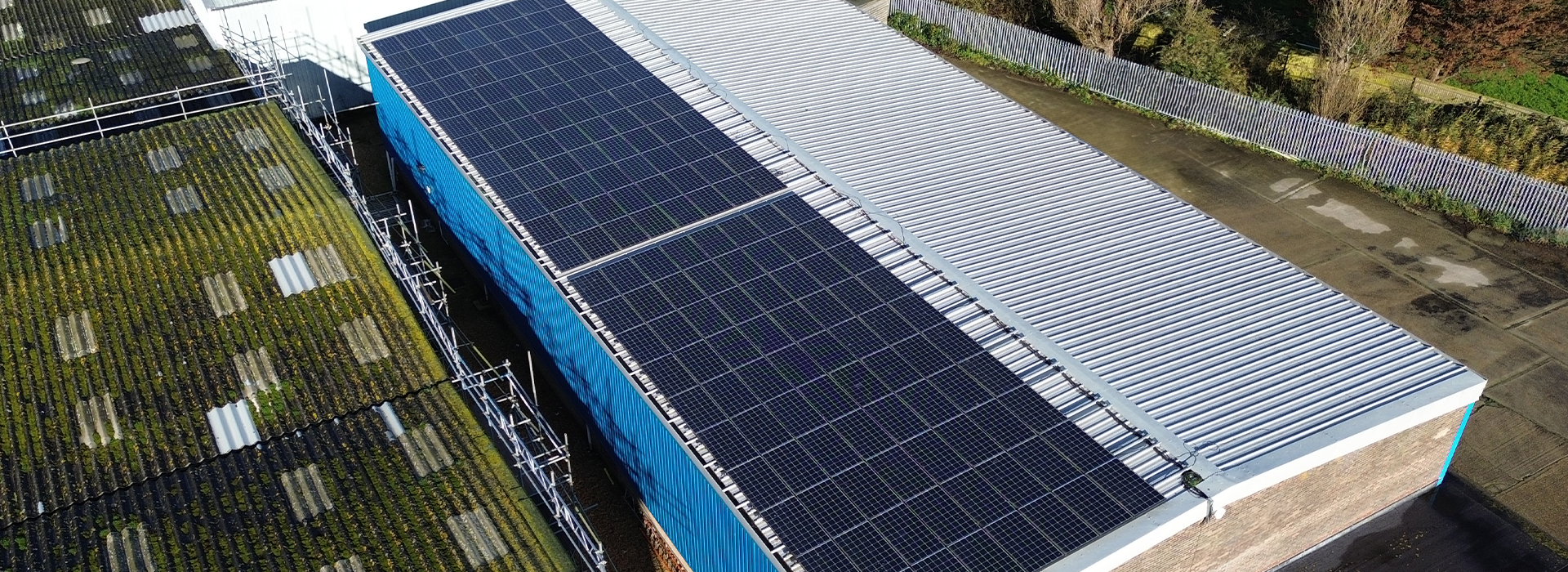Heritage buildings are architectural treasures that tell the story of the UK’s rich history. From the medieval castles scattered across the countryside to the grand Georgian townhouses in bustling cities, these structures are invaluable to our cultural heritage. However, maintaining these buildings comes with unique challenges, particularly when it comes to ensuring the safety of workers who need to access high or precarious areas. Fall protection is a critical consideration in these situations, but it must be implemented in a way that respects the historical and architectural integrity of the buildings.
Understanding the Importance of Fall Protection
Falls from height remain one of the leading causes of workplace fatalities and serious injuries in the UK. According to the Health and Safety Executive (HSE), falls from height accounted for 24% of all workplace deaths in 2023. In the context of heritage buildings, the risk is compounded by factors such as uneven surfaces, fragile materials, and complex roof structures that were not designed with modern safety standards in mind.
Effective fall protection systems are essential not only for compliance with UK regulations but also for protecting the skilled workers who help preserve our architectural history. However, the installation of such systems must be approached with great care to avoid compromising the historical value of these buildings.
Challenges of Installing Fall Protection on Heritage Buildings
Preservation of Aesthetic and Historical Integrity
Heritage buildings are protected under various laws and regulations, including the Planning (Listed Buildings and Conservation Areas) Act 1990. These regulations aim to preserve the historical significance of the buildings, and any alterations or additions must be approved by relevant authorities, such as Historic England or local conservation officers.
Installing fall protection systems on heritage buildings poses a significant challenge because traditional safety equipment like guardrails, safety nets, or anchor points can be visually intrusive and potentially damaging to the structure. The key is to design and install systems that are both effective and unobtrusive, ensuring that the building’s character remains intact.
Complex Roof Structures
Heritage buildings often have intricate roof designs, featuring steep pitches, gables, chimneys, and other architectural elements. These features can make it difficult to install standard fall protection systems. Additionally, the materials used in older buildings, such as slate, lead, or timber, may be fragile and unable to support heavy or invasive safety equipment.
Regulatory Compliance
Compliance with modern safety standards, such as those outlined in the Work at Height Regulations 2005, is mandatory. However, these standards were designed with modern buildings in mind, and applying them to heritage structures requires careful consideration and, often, bespoke solutions.
Professional Installation: The Key to Successful Fall Protection
Given the unique challenges of installing fall protection on heritage buildings, engaging professionals with experience in this niche area is essential. Here’s why:
Specialised Knowledge and Experience
Professionals specialising in fall protection for heritage buildings understand the delicate balance between safety and preservation. They are familiar with the materials and construction techniques used in historic buildings and can recommend the most appropriate fall protection solutions that minimise impact on the structure.
Bespoke Solutions
Every heritage building is unique, requiring tailored fall protection systems. Experienced professionals can design bespoke systems that are sympathetic to the building’s architecture. This might involve custom-fabricated anchor points that blend with the building’s design or the use of temporary safety systems that can be removed without leaving a trace.
Compliance with Conservation Guidelines
Professional installers work closely with conservation officers and heritage bodies to ensure that all fall protection measures comply with the relevant guidelines. This collaboration is crucial for obtaining the necessary permissions and ensuring that the installation does not violate any preservation laws.
Quality Assurance and Longevity
Professionally installed fall protection systems are more likely to be durable and reliable, reducing the need for frequent maintenance or replacements. This not only ensures ongoing safety for workers but also minimises disruption to the building and its surroundings.
Conclusion
Installing fall protection on heritage buildings in the UK is a complex task that requires careful planning, specialised knowledge, and a deep respect for history. By engaging professional installers who understand the intricacies of these structures, it is possible to protect both the people who work on these buildings and the buildings themselves.
The goal is to create a safe working environment that allows for the preservation and continued use of these historical treasures without compromising their integrity. In doing so, we ensure that future generations can continue to appreciate the architectural and cultural heritage that makes the UK unique.



